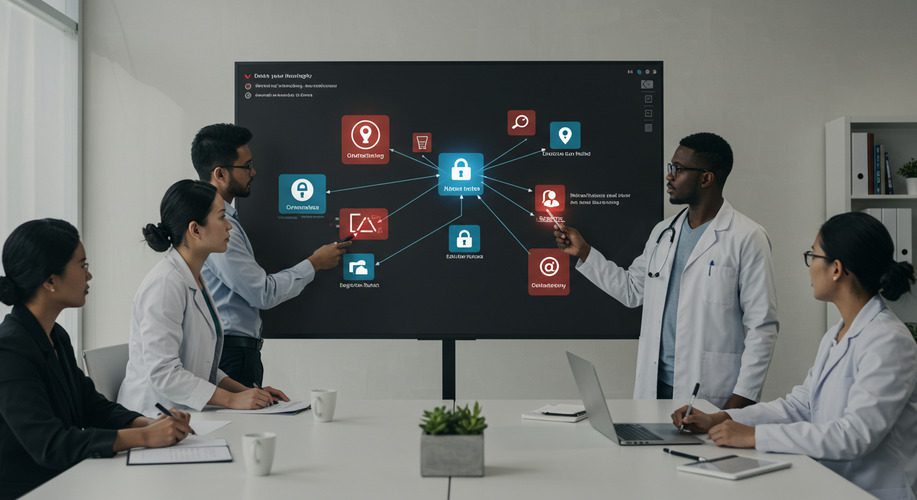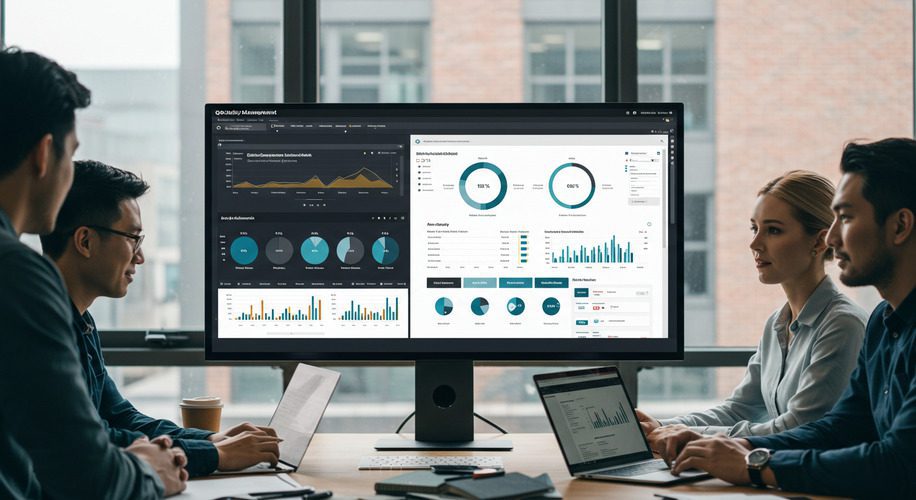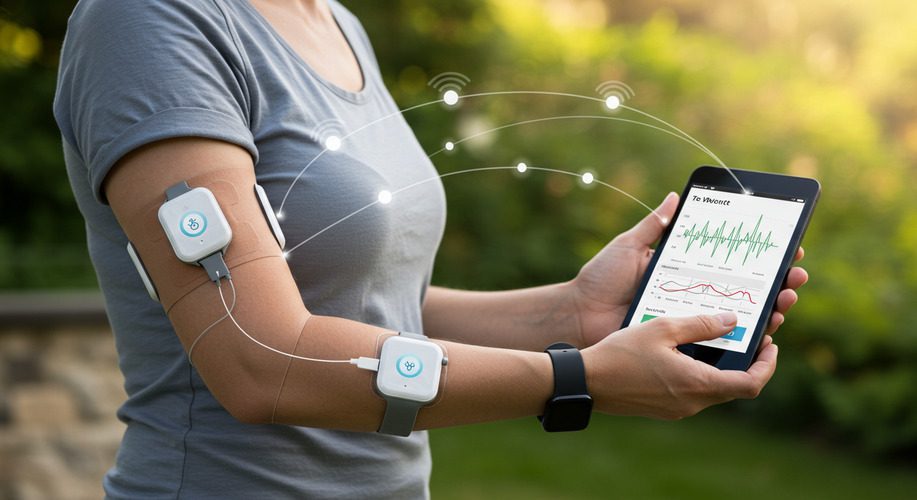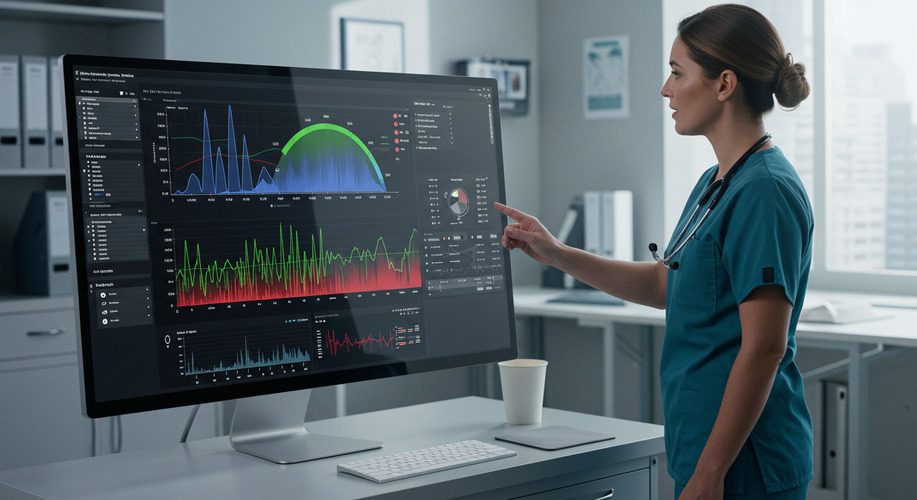Achieving ISO 13485 compliance is essential for the successful development and regulatory approval of Software as a Medical Device (SaMD). This internationally recognized standard outlines the requirements for a robust Quality Management System (QMS), ensuring the safety, reliability, and effectiveness of SaMD solutions. In this article, you’ll discover the key steps and best practices for implementing ISO 13485 in SaMD development.
Why ISO 13485 is Crucial for SaMD Development
Ensuring Regulatory Approval
ISO 13485 compliance is often a prerequisite for SaMD approval by regulatory bodies such as the FDA, MDR/IVDR in Europe, and other global frameworks.
Building Trust and Reliability
A certified QMS demonstrates your commitment to quality, increasing confidence among stakeholders, healthcare providers, and patients.
Key Components of ISO 13485 Compliance
Risk Management
- Align your risk management processes with ISO 14971 to identify, assess, and mitigate potential risks.
- Document all risk control measures and their effectiveness.
Design Controls
- Implement procedures for design inputs, outputs, reviews, verification, and validation.
- Maintain a design history file (DHF) to document the development lifecycle.
Documentation and Traceability
- Ensure traceability between requirements, design, testing, and deployment.
- Maintain a robust document control system to manage updates and revisions.
Related: How to Conduct Post-Market Surveillance for SaMD
Steps to Implement ISO 13485 for SaMD
1. Conduct a Gap Analysis
Collect data from diverse sources, including:
- Assess your current processes against ISO 13485 requirements to identify areas for improvement.
- Prioritize addressing gaps related to risk management and design controls.
2. Establish a Quality Policy
- Define quality objectives aligned with regulatory requirements and organizational goals.
- Communicate the policy across teams to ensure alignment.
3. Train Your Team
- Provide comprehensive training on ISO 13485 standards and QMS processes.
- Include specialized training for risk management and documentation practices.
4. Validate and Verify Processes
- Use verification and validation (V&V) to confirm that the SaMD meets intended use and regulatory requirements.
Common Challenges and How to Overcome Them
1. Balancing Innovation with Compliance
- Use agile methodologies to integrate compliance requirements without stifling innovation.
2. Documentation Overload
- Leverage tools to automate documentation processes, reducing manual effort and errors.
3. Ensuring Team Buy-In
- Foster a quality-focused culture by demonstrating how ISO 13485 compliance benefits the organization and end-users.
Benefits of ISO 13485 Compliance
-
Streamlined Regulatory Approvals
Accelerates market entry by meeting global standards.
- Enhanced Product Quality: Ensures the safety and reliability of your SaMD.
- Competitive Advantage: Builds trust with stakeholders and positions your organization as a leader in MedTech.
Conclusion
ISO 13485 compliance is a cornerstone of successful SaMD development, ensuring safety, effectiveness, and regulatory readiness. By following this checklist and integrating best practices, you can create a QMS that supports innovation while meeting stringent requirements.
For further insights, explore related articles:
Achieve regulatory success by implementing ISO 13485 standards in your SaMD development today.





